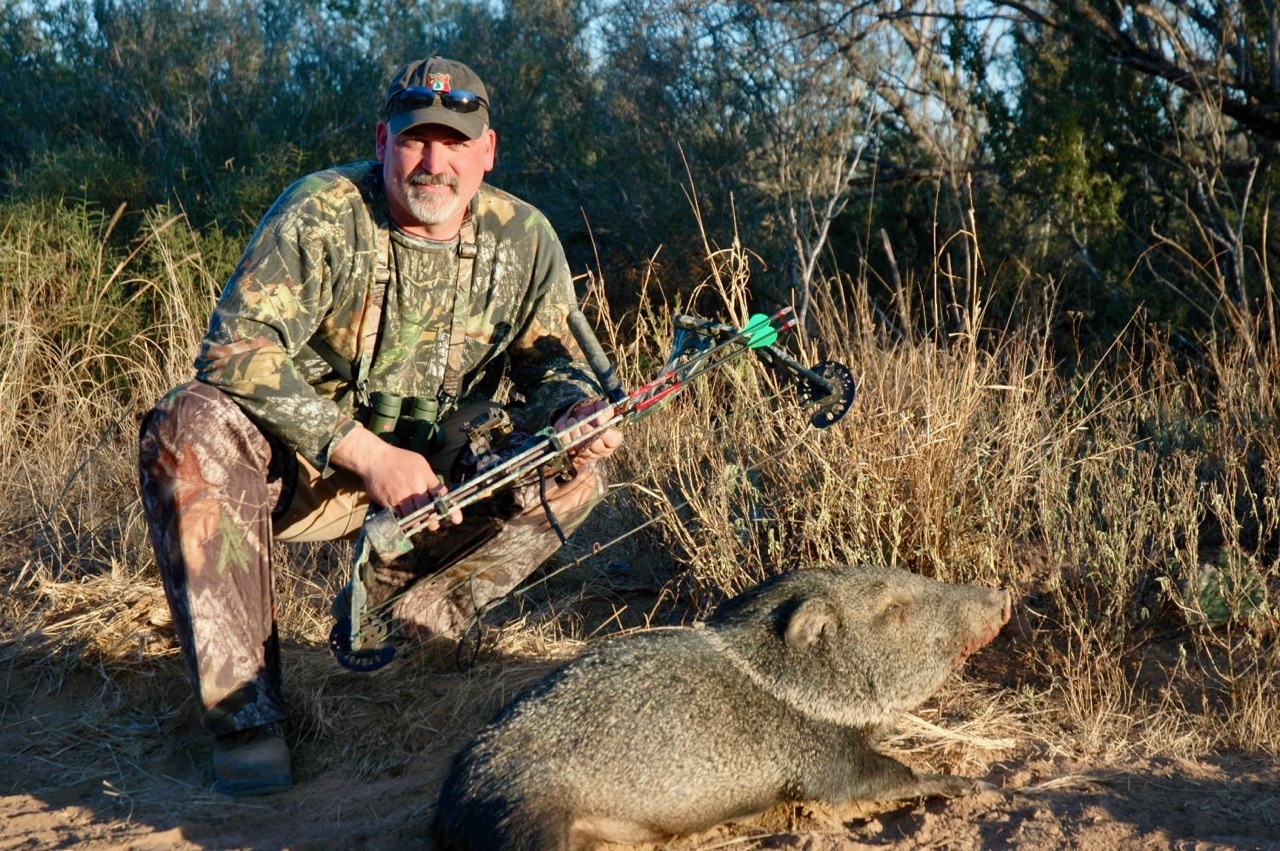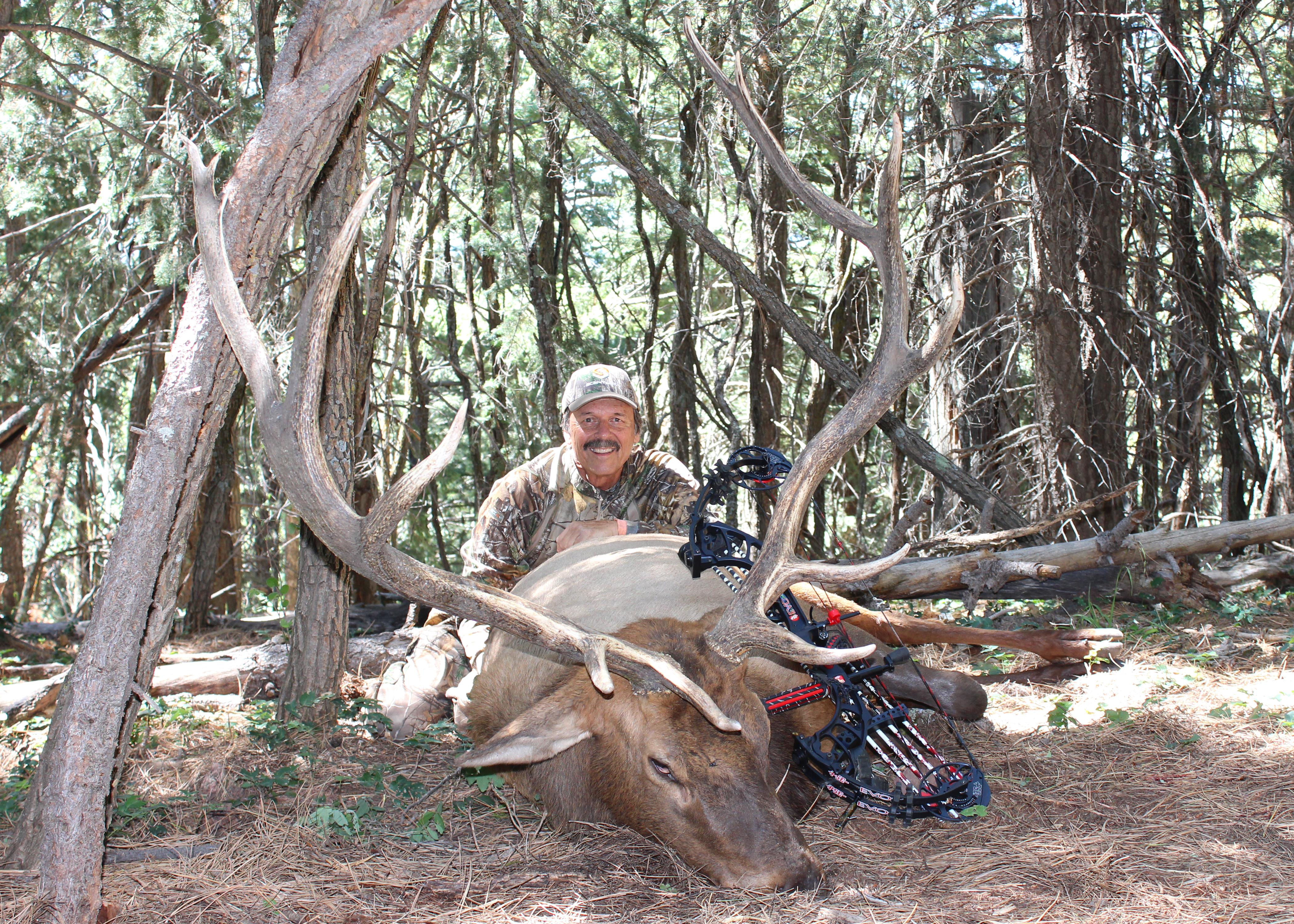While this may be hard to believe, the Mullet does have a few bad habits. Not only would I stray beyond decorum, but I would remain many a stone’s throw outside the bumper guards of blog etiquette which govern brevity if I were to outline each one. For this reason, I’ll stick to one of my bad fly fishing habits. To the degree you are interested in learning more about my other bad habits, commonly referred to as “Mullet Style,” pull up a chair with a member of the Raging Mullet Hunt & Fish Club.
Sad but true, most RMH&FC members pursue enjoyment through imagined participation in the experiences and successes of the Mullet. While foaming at the mouth, they eagerly welcome the opportunity to embellish while sharing their hollow stories, consistently adding extra details, especially ones that are completely devoid of the truth. This used to be a pebble in my shoe; regardless, it’s taken me a few years to figure it out. While living vicariously through the club’s namesake is understandable, it can create undue burden on some members.
Enough of that, back to one of my bad fly fishing habits. You see, one February morning a very long time ago, I went on a hike with Max, my fearless and loyal Weimaraner. We were headed to the Connetquot River State Park Preserve. This wildlife haven is located right smack in the middle of Long Island in Suffolk County. The preserve maintains 3,473 acres of land and water for the protection and propagation of game birds, fish and animals. It is also the guardian of the Connetquot River, a little-known trout stream that traverses several towns, including my hometown of Ronkonkoma.
There was a light snow falling, and I remember how beautiful and peaceful it was as Max and I walked along a game trail that ran parallel to a stream. Thirty minutes into our walk, Ronkonkoma was in our rear view mirror. We forged ahead into Bohemia, the home of the mighty Connetquot Thunderbirds (my high school alma mater).
The snow was starting to intensify. I peered ahead through the big white snowflakes and witnessed something that would change my life forever. It was a fly fisherman, standing in the middle of the stream. He was quartering away from Max and me, and we watched as he roll casted his fly line upriver to a pool that sat just in front of a small waterfall.
I was in my early twenties and was not a fisherman, nor anything of an outdoor enthusiast at the time. It struck me as odd that someone would be standing in a river on a cold snowy day, trying to catch these silly little fish that dart about the stream every so often. We continued our approach and I lowered myself onto a downed streamside log some twenty five yards away from the Abominable Fly-man. The quietness of the snow falling, coupled with the masking sound of the water cascading over the fall, disguised our approach. The Fly-man had no idea that I was sitting there wondering what in God’s name would possess anyone in his or her right mind to do this.
It didn’t take long for me to connect the dots. Wham! A violent skyward hoist of the rod was quickly followed by progressive bending of the same as the tip inched closer and closer to the edge of the waterfall. The rest was a blur. It all happened so quickly. The Abominable Fly-man let out some unintelligible shriek (of joy, I think), paired with a repetitive motor-like clicking sound emanating from his reel. At the very same time that the fly line went completely straight, a very large fish breached the surface of this little stream before crashing back down into the same. The fish was hooked, and so was I! As for Max, he just looked confused (as Weimaraners often do).
I watched as the Fly-man guided the behemoth into his mesh fishing net. He lifted the net with three-quarters of the fish tucked into it. The flapping tail did not fit, so it hung over the wooden frame of the net. I could no longer contain myself and called out, “What kind of fish is that?”
“It’s a sea-run rainbow, about 12 pounds,” he replied. I had no idea what a sea-run rainbow trout was, but I was able to appreciate the size of this thing and it was truly all of 12 pounds. Who knew that these waters held such trophies?
Over the next hour or so, I continued to watch him net three or four fish similar in size, each fighting like a freight train and then eventually running out of steam. We exchanged some small talk, I asked a few questions and then Max and I were off to the Sports Authority in Oakdale, New York to buy my first fly fishing outfit. It was a 7.6-Feet Fenwick Streamer model with a entry level Martin click and pawl reel. I returned to the river often in the next few weeks having visions of landing my own big sea run with my $120 fly fishing outfit. That did not happen. What did happen was a lot of tangles with way too much backcasting into the trees and bushes behind me, while getting tons of practice tying leaders and flies on to fly line. It did not matter how many times I watched A River Runs Through It, I was on a first name basis with half of the staff at the Sports Authority for my weekly runs of replacement gear. The pain of the self-taught fly fisherman would be worth the gain, right? I finally broke the ice by tricking a nice brook trout into tagging a blacknose dace streamer in late March.
Brookies are aggressive feeders and it would take a lot more practice and practical experience to consistently fool these trout into taking my flies. I kept at it and fished a lot, all over, whenever. There was (and at times still is) a good deal of spastic arm-flailing as I shot my fly line in the direction of where I thought my favorite game fish may be feeding. As a self-taught fly fisher, one develops bad habits along the way. Every so often, someone more experienced is nice enough to offer a tip or two on the mechanics of conventional fly casting. This is nice, un-selfish, and it can help if you are willing to listen and apply. This notwithstanding, bad habits can be hard to break. One bad habit that’s hard for me to break is the patented Mullet Drag System. This is a “reel head-turner.” Once I hook a fish, rather than holding the rod in my right hand and the line in my left, I immediately take the fly line in my left hand and shove it into my mouth. This allows me to apply the most appropriate pressure with my teeth and jaw which aptly serve as the most organic and effective manual drag system in existence. I may play the fish entirely using this method or if the fish is big enough, I’ll get it on the reel and play it conventionally.
WHAT A DRAG!!










Leave a Comment